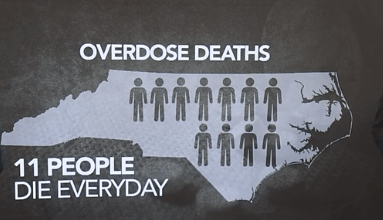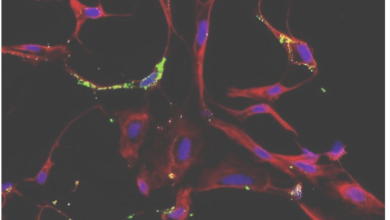Medical Illustrators: Decoding the Unseen for Scientific Understanding

Decades ago, the Association of Medical Illustrators proudly declared, “Medical illustrators draw what can’t be seen, watch what’s never been done, and tell thousands about it without saying a word.” While this slogan is no longer the official tagline, it perfectly encapsulates the essence of the profession. As a seasoned medical illustrator for over 30 years, I engage daily in illustrating the invisible and observing the unprecedented, a philosophy I pass on to my students.
READ: Kristin Cavallari Spills the Tea on Her Hottest Hookup – Prepare for a Surprise!
Medical Illustrators
The adage “A picture is worth a thousand words” aptly captures the essence of medical illustration. Professionals in this field utilize visual storytelling to convey intricate scientific concepts. Renowned medical illustrator Frank H. Netter once emphasized how pictures eliminate the need for verbal translation between the creator and the audience. This visual communication tradition has ancient roots, dating back to Egypt and flourishing during the Renaissance.
Illustrated anatomical atlases became prevalent during the Renaissance, coinciding with the resurgence of cadaver dissection. While dissecting executed criminals became a public spectacle by the 1500s, illustrated anatomical atlases played a crucial role in teaching anatomy. From Giacomo Berengario da Carpi to Andreas Vesalius, these anatomists set a precedent for using detailed illustrations in medical education.
In contemporary times, medical illustrators continue this legacy, employing specialized tools and training to visualize the unseen. Trained in human gross anatomy, they dissect cadavers and use medical imaging like CT and MRI scans to reconstruct three-dimensional representations when cadavers are unavailable. At the cellular level, mastery of microscopy techniques is essential to accurately depict cellular structures.
Objects at the molecular scale, smaller than visible light wavelengths, demand advanced techniques like X-ray crystallography and nuclear magnetic resonance spectroscopy. Medical illustrators navigate databases like the RCSB Protein Data Bank and utilize visualization applications to render these molecular structures in 3D.
Medical illustrators also contribute to conceptualizing novel processes and techniques before they materialize. Illustrations may depict theoretical workings of experimental drugs or aid in pre-surgical planning for intricate cases. A notable example is the Mayo Clinic’s separation of conjoined twins in 2006, where medical illustrators created detailed anatomy illustrations and 3D-printed models for surgical guidance.
Becoming a medical illustrator requires specialized training, typically through master’s programs accredited by the Association of Medical Illustrators. Accepted students, often with a double major in biology and art, undergo extensive training in human gross anatomy, neuroanatomy, embryology, histology, cell biology, pathology, and immunology. They also receive training in computer graphics, emphasizing 2D and 3D digital illustration, animation, and virtual reality.
Medical illustrators play a vital role as educators, adapting their work to various audiences, including patients and medical professionals. Continuing education, often leading to optional board certification, ensures these professionals stay updated on biomedical sciences, artistic techniques, and business practices.
In essence, medical illustrators act as teachers who convey complex scientific information accurately and clearly through the language of visuals.






